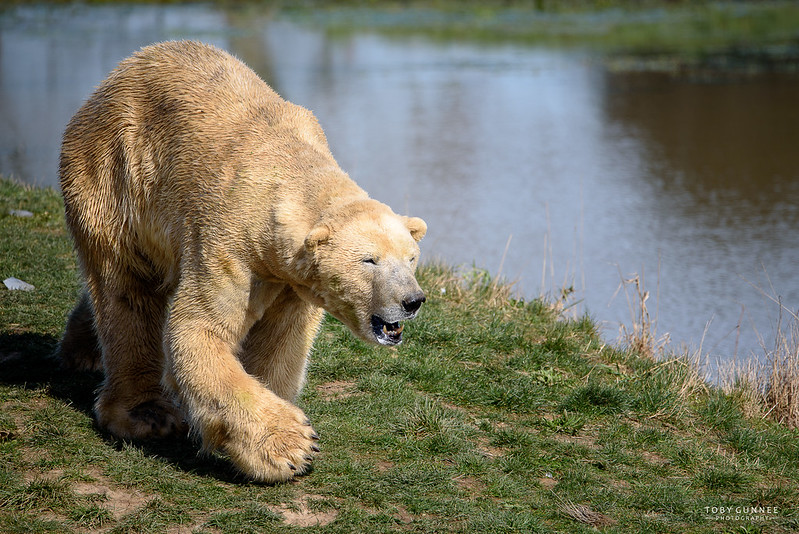With the Tamron when I went above 520mm only the minimal AF points worked on the D500. I'm not sure if you're aware, but in many cameras all the AF points 'only' work to a maximum of f5.6 lenses, but if your effective aperture drops below this such as when using teleconverters then some cameras still can autofocus but with a reduced number of AF points, see below. The arrow shows which AF points worked on the D500 above 520mm
View attachment 99899
Now at first I assumed it was because the Tamron is f6.3 at the long end, which is a reasonable assumption. However, the Tamron stops down to f6.3 just after 400mm so you would have thought if it was due to aperture/light limitations then the D500 would reduce to the minimum AF points just after 400mm but it doesn't, it's fine until 520mm. The Tamron works fine on my D750. Now it could be a crop body vs FF issue, but the Tamron worked fine on my friends D7200 although I can't be 100% certain that I tried all the AF points. I will hopefully be borrowing it again in the next week or so. Between myself, the store I bought the camera from, Nikon and Tamron it could not be determined whether this is normal behaviour for the D500 with the Tamron, or whether my D500 was defective and the AF points were not as sensitive as they should be for whatever reason. I did contact about a dozen Flickr users with the D500/Tamron Combo and of the 6 that replied none reported having the issue, although one did say he'd never used anything other than the centre AF point. One member id specifically say he'd tried all the AF points. I would like to get my hands on another D500 at some stage to check it for myself.
Going back to your point above, yes properly exposing will give you better results, but just using a higher shutter speed won't necessarily. It's always a balancing act as to what exposure settings you should use to get the best results, but you should always make sure exposure is 'correct'. As to how you know whether it's exposed correctly or no according to the histogram I don't think that you can really when the bird is so small in the frame, I've not found a way yet to determine which bit of the histogram refers to the bird. You can use spot metering, but unless you're completely au fait with spot metering you can get some wildly different results.
When shooting wildlife I use one of two settings. It's always manual mode (so that I control both aperture and shutter speed) but if the animal/bird is moving about I will use auto ISO so that exposure can constantly change as the animal is moving from lighter to darker areas. If the animal is pretty static I will use spot metering and use a set ISO to a specific value. I will then view in the LCD and check the histograms and adjust exposure settings if necessary. Be aware though, that simply viewing in the LCD is not entirely reliable as if viewing in bright light the image will look dark and you will think it's underexposed. It's always best to view the LCD in a darker environment if you can, such as in a well shaded area. Over time you will get a better feel of whether exposure is correct or not.
My general settings for wildlife using the Tamron are 1/1000, f8 and then whatever the ISO needs to be to expose correctly. If light's poor I will lower the shutter speed if possible. With the tamron try and stick to 550mm at the longest length, the difference in framing between 550mm and 600mm is negligible, at least it is on FF

At 550mm f8 you should get some very sharp results.


 FSC06405
FSC06405 FSC05639
FSC05639 FSC06860
FSC06860


 FSC06860-Edit-2
FSC06860-Edit-2
 FSC07024.jpg
FSC07024.jpg FSC07019.jpg
FSC07019.jpg